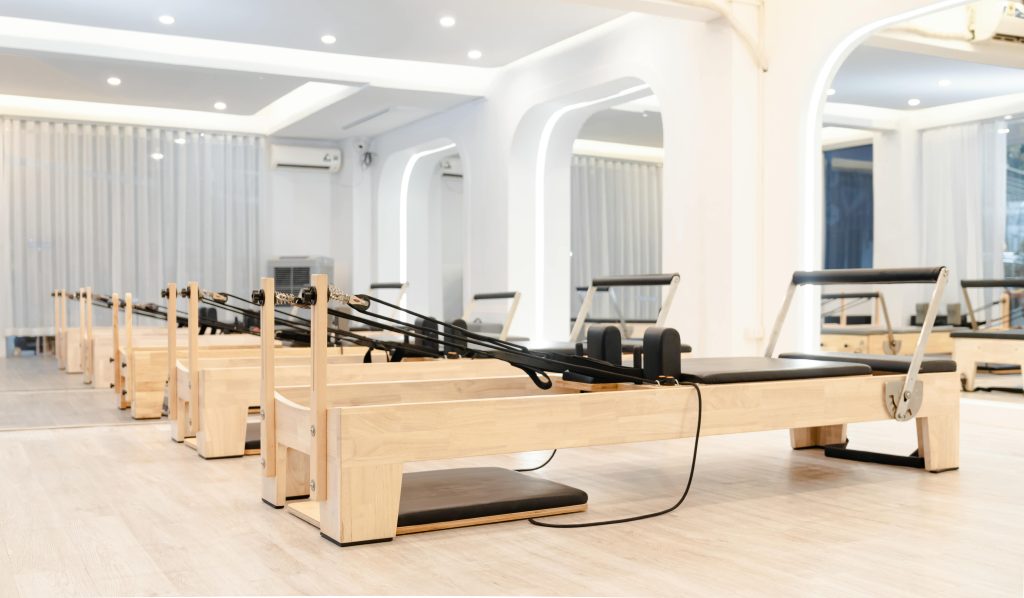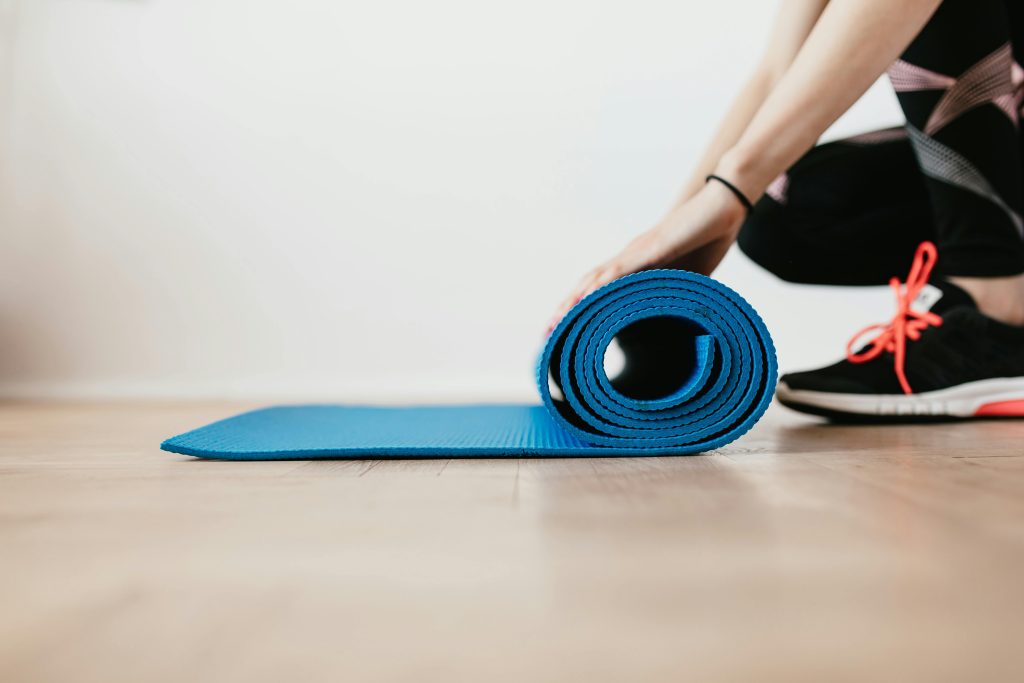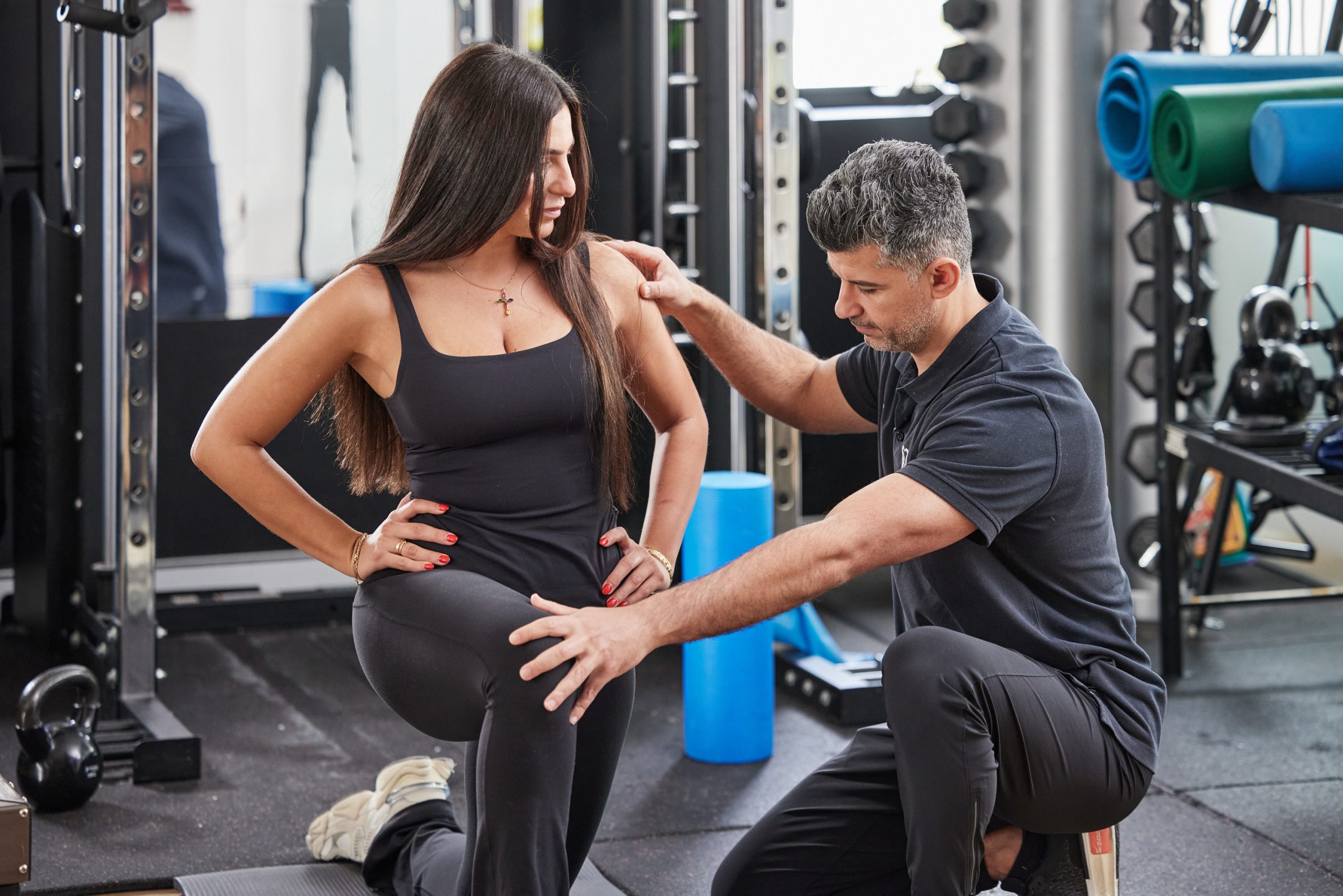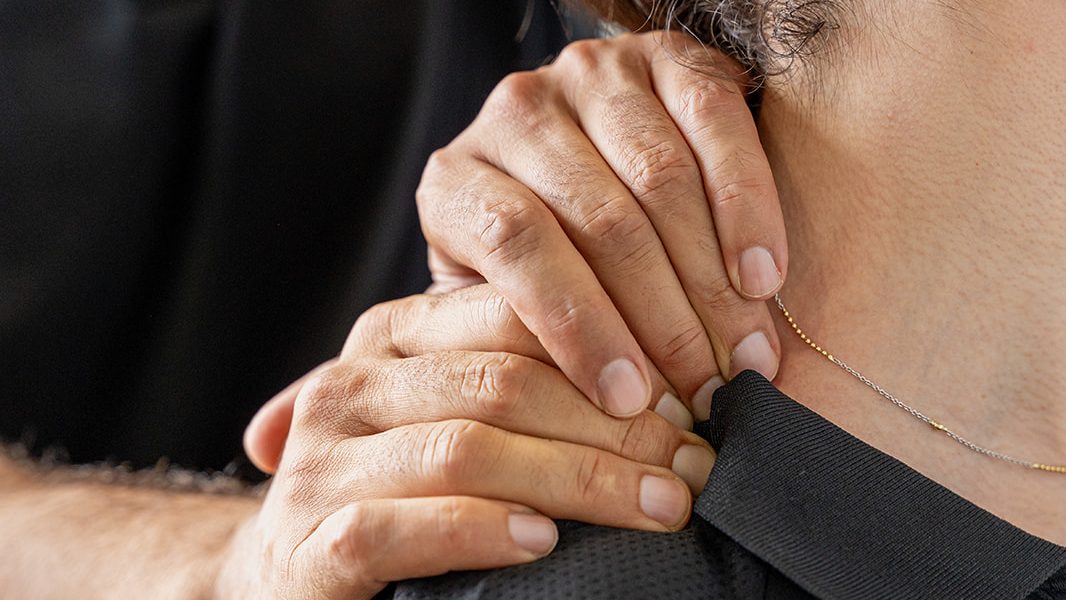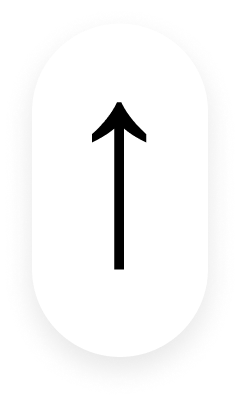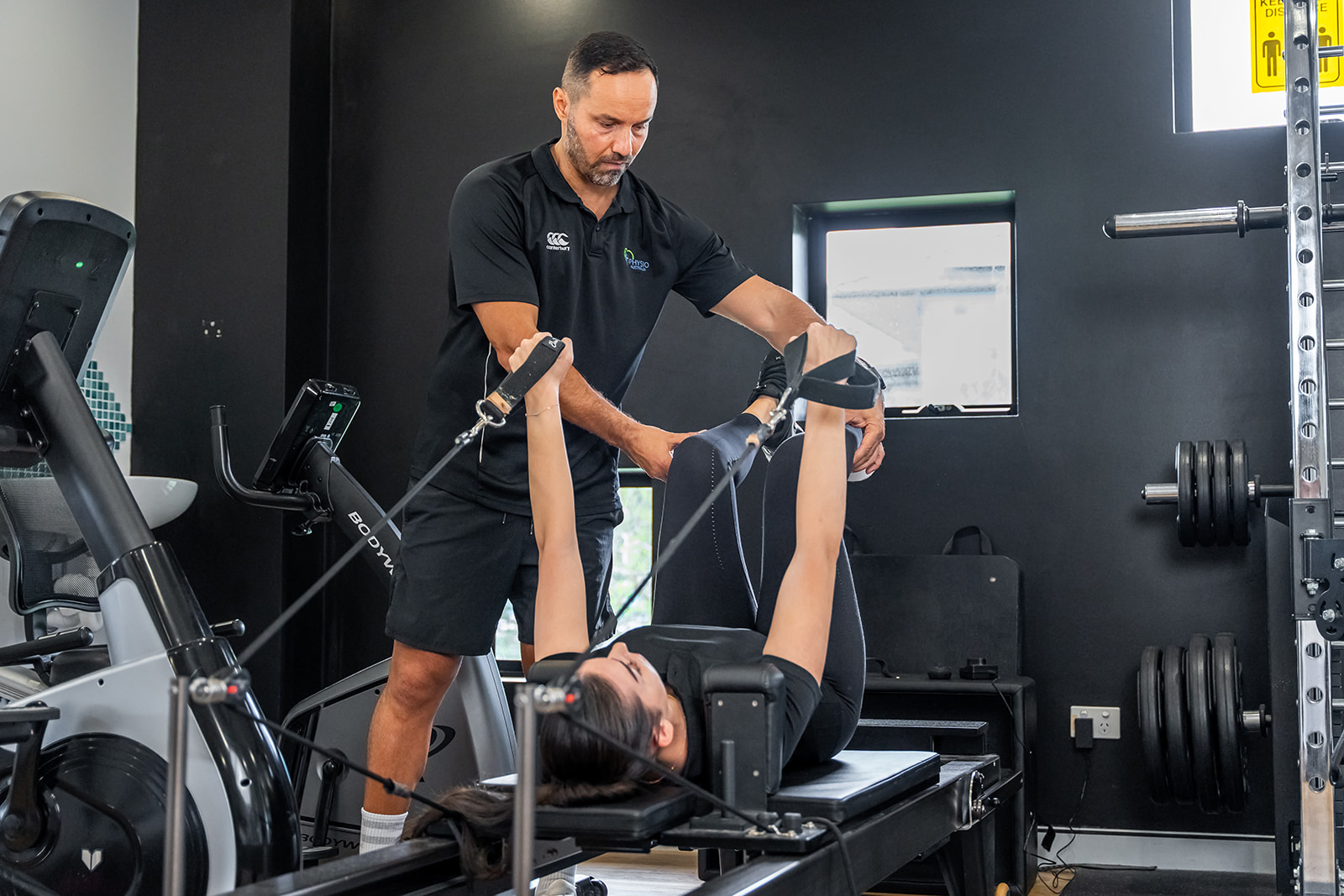
Pilates has gained popularity as a versatile exercise regime, not just for fitness enthusiasts, but also as a powerful tool for rehabilitation. As physiotherapists, we recognise the immense benefits that Pilates offers in terms of strengthening muscles and aiding recovery from injuries. Let’s take a look at why Pilates is such an effective method for rehabilitation and muscle strengthening.
What is Pilates?
Pilates is a low-impact exercise method developed by Joseph Pilates in the early 20th century. It focuses on improving flexibility, strength, and body awareness through controlled movements. Unlike high-impact exercises, Pilates emphasises precision and quality of movement, making it ideal for rehabilitation.
Benefits of Pilates for Rehabilitation
- Core Strengthening:
- Pilates is known for its emphasis on core strength. A strong core provides stability for the entire body, which is crucial in recovering from injuries and preventing future ones. The core muscles support the spine and pelvis, improving overall posture and alignment.
- Improved Flexibility:
- Another component of Pilates is stretching, which enhances muscle flexibility. Improved flexibility helps in reducing stiffness and increasing the range of motion in joints, this is particularly beneficial for those recovering from injuries.
- Balanced Muscle Development:
- Pilates works on all muscle groups evenly, ensuring balanced muscle development. This balanced approach helps in correcting muscle imbalances that often result from injury or surgery, promoting a more efficient and pain-free movement pattern.
- Enhanced Body Awareness:
- Pilates also encourages mindfulness and body awareness. By focusing on the precise movement of each muscle group, individuals become more attuned to their body’s signals, helping to avoid movements that could cause pain or re-injury.
- Low Impact on Joints:
- The low-impact nature of Pilates makes it an excellent choice for rehabilitation. It avoids the jarring and high-stress movements associated with other forms of exercise, reducing the risk of aggravating existing injuries.
- Customised Rehabilitation:
- Pilates exercises can be easily changed to suit individual needs and abilities. This adaptability allows physiotherapists to design personalised rehabilitation programs that cater to the specific requirements of each patient, ensuring a safe and effective recovery process.
How Pilates Strengthens Muscles
- Controlled Movements:
- Pilates emphasises slow, controlled movements which engage muscles more effectively. This controlled approach helps in building muscle strength without placing undue stress on injured areas.
- Focus on Stability:
- Many Pilates exercises are designed to challenge the body’s stability. By supporting balance and stability during these exercises, the body’s stabilising muscles are strengthened, which is crucial for overall strength and injury prevention.
- Resistance Training:
- Pilates often incorporates resistance through the use of bands, weights, or specialised equipment like the Reformer. Resistance training is essential for building muscle strength and endurance, aiding in a comprehensive rehabilitation process.
Incorporating Pilates into Rehabilitation
If you’re considering incorporating Pilates into your rehabilitation program, it’s important to consult with a physiotherapist. A trained professional can assess your specific needs and design a Pilates routine that complements your rehabilitation goals. Here are four steps to get started:
- Initial Assessment:
- Your physiotherapist will perform an initial assessment to determine your current fitness level, identify any limitations, and set realistic goals for your rehabilitation.
- Personalised Program:
- Based on the assessment, a personalised Pilates program will be created. This program will focus on exercises that target your specific areas of concern, ensuring a safe and effective recovery process.
- Regular Monitoring:
- Regular sessions with your physiotherapist will allow for ongoing monitoring of your progress. Adjustments to the program can be made as needed to ensure you continue to progress without risking re-injury.
- At-Home Exercises:
-
- Your physiotherapist may also provide you with exercises to perform at home. Consistency is key in rehabilitation, and incorporating these exercises into your daily routine can accelerate your recovery.
Pilates is a powerful tool for rehabilitation, offering many benefits such as improved core strength, flexibility, and muscle balance. Its low-impact nature and focus on controlled movements make it an ideal choice for those recovering from injuries. If you’re on a rehabilitation journey, consider adding Pilates to your routine. Consult with your physiotherapist to develop a personalised program that meets your specific needs and sets you on the path to recovery and strength.
Remember, recovery is a journey, and with the right tools and support, you can achieve your rehabilitation goals. Embrace the power of Pilates and experience the transformative benefits it brings to your health and well-being.
Related Posts
As the chill of winter fades and the days grow longer, spring is the perfect time to shake off the winter blues and embrace the great outdoors. Outdoor exercise not only boosts your physical fitness but also enhances your mental well-being, giving you a fresh start with the new season. Whether you’re a seasoned athlete […]
Headaches and migraines are common ailments that can significantly impact our quality of life. While many reach for medication, physiotherapy can offer a holistic approach to treating and managing these conditions. Today, we will explore how physiotherapy can help reduce the frequency and intensity of headaches and migraines, as well as providing long-term relief and […]
Like most people you have probably heard that physical activity is good for you. Our bodies are designed to be used and this becomes even more important as we get older. HOWEVER! Injury risk increases (This is important so let’s take note). If you’re already active, keep up the good work. If you’re not very […]
